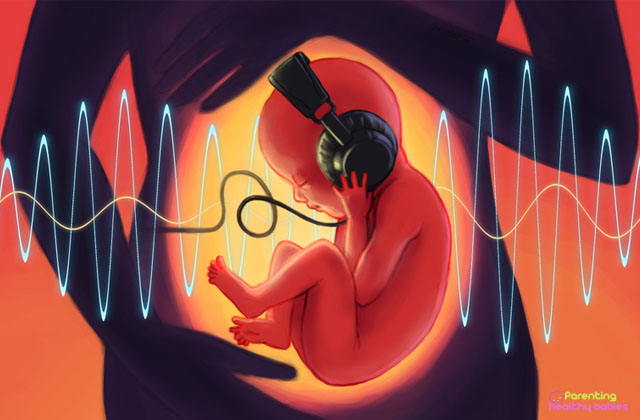Any pregnancy that has gone till date without any hiccups, do expect some complications when delivery time arises. The hospital and your health care provider needs to be prepared in tackling them.
More often than not birth process and labor are uncomplicated. In certain scenarios, complications may arise that does require medical attention on an immediate basis. Complications are bound to arise at any stage of the labor process. Most of the complications can be considered to be irrelevant as they have no impact on the health condition of a mother. Let us now analyse 7 common labor complications.
7 Common Labor Complications Every Pregnant Woman Should Know
Failure in progression
This is a major labor complication as it does last for a prolonged period of time. In case of first time delivery labor lasts for 20 hours, whereas for mothers who have had a birth before it drops down to 14 hours. Prolonged labor could arise at any point in pregnancy, but chances increase in an active phase. Some prominent causes of prolonged labor include
- If the size of the baby is large
- Chances of multiple babies
- Slow effacement
In situations where the labor fails to progress women may be advised a C section or subscribed pain medications.
Shoulder dystocia
Is a medical condition where the head of a baby is delivered in vaginally, but ironically shoulder becomes gets trapped with the body of a mother. The complications that arise from this disorder are curable, but it does pose significant risks as well. Injuries to the hand, shoulder and arms are common for babies which may take 6 to 12 months to heal.
Malposition
Not all babies are expected to be in an optimum position during delivery. Occiput anterior is a common position of vaginal delivery, but other positions could also emerge. Sometimes these positions go on to provide real challenges. Babies are known to find in positions
- Occiput posterior
- Lying sideways
- Breech
It depends upon the situation along with the position of the baby, whereby doctors decide which form of assisted delivery is best for a baby to be delivered.
Placenta previa
The placenta acts as a cover for the opening of a cervix. In medical terminology it is referred to as placental previa. If this situation occurs, then a C section delivery is suggested. Risks related to placenta previa emerge from the following reasons
- Smoking
- Substance use
- If you are above 35 years of age
The main symptom of this disorder is bleeding from light to medium levels during the second trimester of pregnancy. If the bleeding levels are severe, then you would need to be treated at a hospital.
Read more: Placental Abruption
Uterine rupture
If someone had a C section delivery earlier, then the chances are high that the scar could tear open during subsequent deliveries. This pose risk to a developing baby making them prone to oxygen deprivation. If a C section begins to tear during delivery, then another C section is needed to deliver the baby.
The common sign of this disorder is that a baby has an abnormal beating of heart. It is accompanies by irregular contractions and vaginal bleeding.
Cephalopelvic disproportion
When the head of a baby is large enough that a maternal pelvis is not able to make way around it, then this disorder is probed. The main causes includes
- If the size of the baby is large
- Fetal positions are abnormal
Most often than not babies affected with cephalopelvic disproportion are delivered via C section.
Rapid labor
Normally the stage of labor lasts for 15 to 17 hours. In some cases it may reduce for 3 to 5 hours and is referred to as rapid labor. The reasons of rapid labor increase
- If the baby is smaller than average size
- If there runs of rapid labor in your family
Rapid labor does pose significant problems for a would be mother as they feel they are not in control. In hindsight sufficient amount of time is not provided in rushing to the hospital.
To sum it complications are more prone to arise when it is C section delivery. Haemorrhage and infections are common symptoms along with abdominal infections.
Delivery may also require the attention of a doctor if the pregnancy extends for more than 40 weeks. It could also relate to if a woman had C section in her early delivery or her age is considered to be old for a delivery.
Fortunately all these complications could be solved with timely medical intervention and there is no need to panic.
Read more: Common Infections During Pregnancy
References
https://www.webmd.com/baby/understanding-labor-delivery-complications-basics#1
https://www.nichd.nih.gov/health/topics/labor-delivery/topicinfo/complications
Google Books: Assisted Reproductive Technologies













